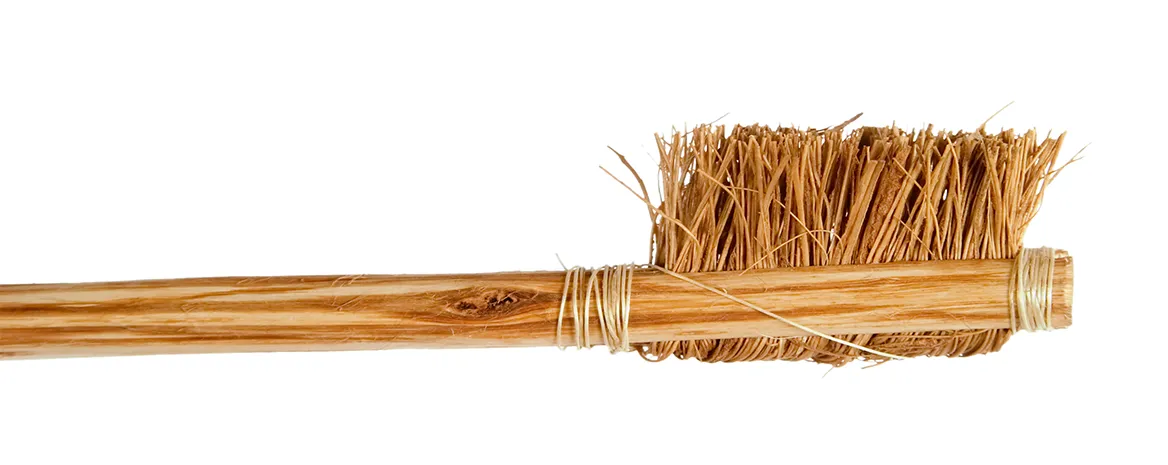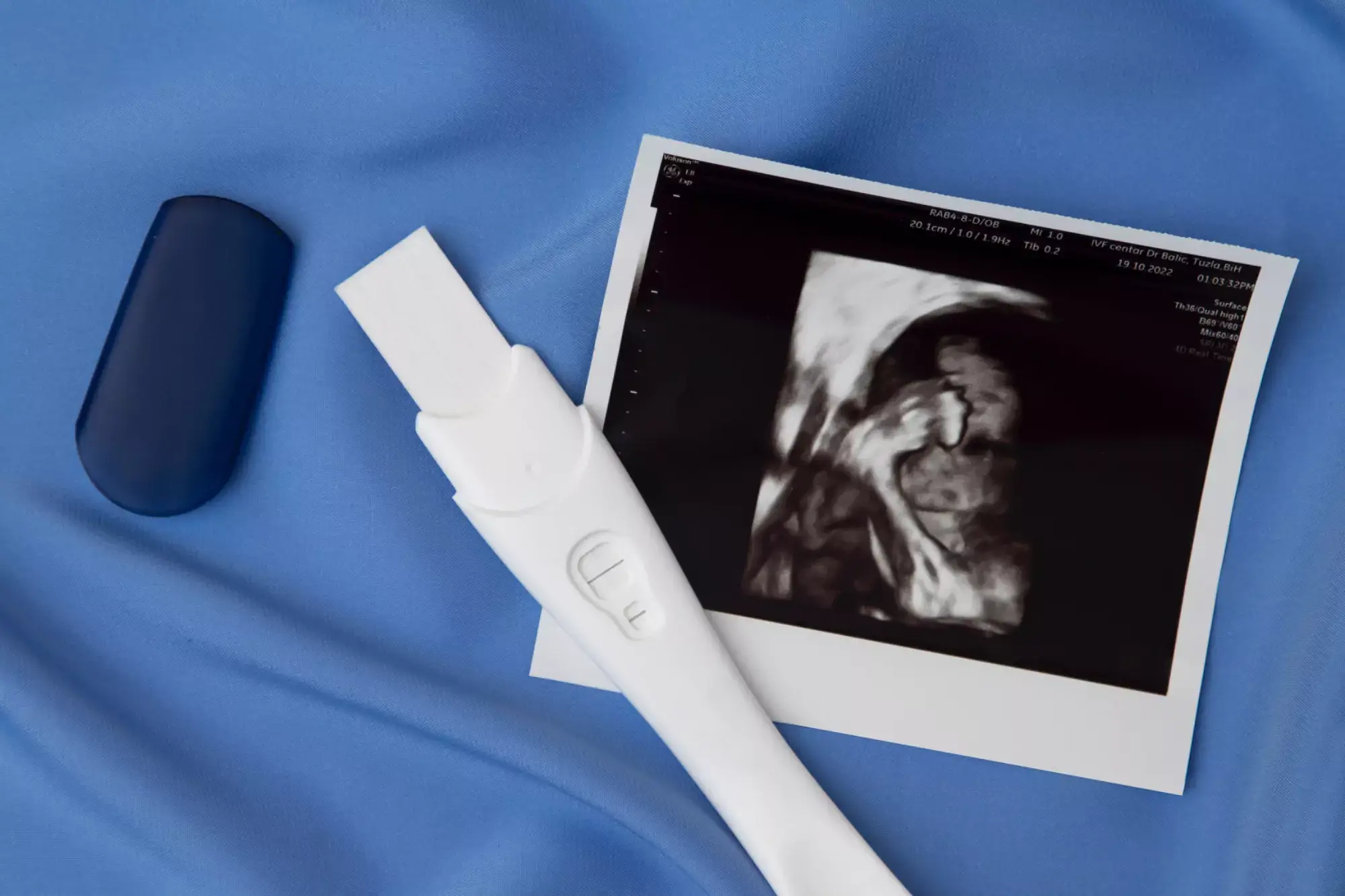How to Clean Your Toothbrush: A Guide to a Healthier Smile

How to Clean Your Toothbrush: A Guide to a Healthier Smile
Your toothbrush is your first line of defense against tooth decay and gum disease. But did you know that it can also harbor millions of bacteria? Cleaning your toothbrush regularly is essential for maintaining good oral hygiene and preventing the spread of germs. Here's a comprehensive guide on how to keep your toothbrush clean and your smile healthy.
Understanding Toothbrush Contamination
Toothbrushes can harbor bacteria, viruses, and fungi. Factors that contribute to toothbrush contamination include the environment in which they are stored, how they are used, and how well they are cleaned. Bacteria can grow on toothbrushes after use in various ways:
- Contact with bacteria from the mouth
- Contact with contaminated surfaces
- Aerosol droplets from flushing toilets
Given these risks, effective cleaning and proper storage of your toothbrush are essential to minimize exposure to harmful pathogens.
Daily Cleaning Practices
Rinse Thoroughly
After each use, rinse your toothbrush under running tap water for several seconds. Make sure to remove all toothpaste residue and debris.
Shake Off Excess Water
Gently shake your toothbrush to remove any excess water.
Air Dry Upright
Store your toothbrush upright in a holder or cup to allow it to air dry completely. Avoid storing it in a closed container, as this can create a moist environment that promotes bacterial growth.
Weekly Deep Cleaning
Beyond daily rinsing, incorporating a deep cleaning routine can help ensure your toothbrush remains sanitary. Here are several methods you can use:
- Hydrogen Peroxide: Soak the bristle head in hydrogen peroxide for about 5 minutes once a week. Hydrogen peroxide is an effective disinfectant that can help kill bacteria lingering on the bristles.
- Mouthwash: A less aggressive but still effective method is to soak your toothbrush in antibacterial mouthwash for a couple of minutes after rinsing it. This can also help reduce the microbial load.
- Vinegar Solution: Soaking your toothbrush in a vinegar and water solution (half and half) for about 30 minutes once a week can help sanitize it. Vinegar has natural antibacterial properties.
Additional Tips for a Cleaner Toothbrush
- Don't Share Toothbrushes: Sharing toothbrushes can spread germs and bacteria. Each member of your household should have their own toothbrush.
- Replace Regularly: The American Dental Association recommends replacing your toothbrush every three to four months, or sooner if the bristles become frayed or worn.
- Travel Hygiene: When traveling, use a toothbrush cover with ventilation holes to protect your brush from germs. Avoid storing your toothbrush in a plastic bag, as this can trap moisture.
- Consider UV Sanitizers: UV toothbrush sanitizers are available and can help kill bacteria, but they are not essential for maintaining a clean toothbrush.
- After Illness: If you've been sick, it's a good idea to replace your toothbrush to avoid reinfection.
What NOT to Do
- Don't Boil Your Toothbrush: Boiling can damage the bristles and reduce the effectiveness of your toothbrush.
- Don't Use Bleach: Bleach is too harsh for toothbrushes and can be harmful if ingested.
- Don't Microwave Your Toothbrush: Microwaving can damage or melt the toothbrush.
Travel Tips for Toothbrush Hygiene
When traveling, keep your toothbrush as dry as possible and use a breathable toothbrush cover. Consider using disposable toothbrushes if you travel frequently or find it difficult to keep your regular toothbrush clean while on the go.
When in Doubt, Replace!
If you're unsure about the cleanliness of your toothbrush or if it looks worn, it's always best to err on the side of caution and replace it.

